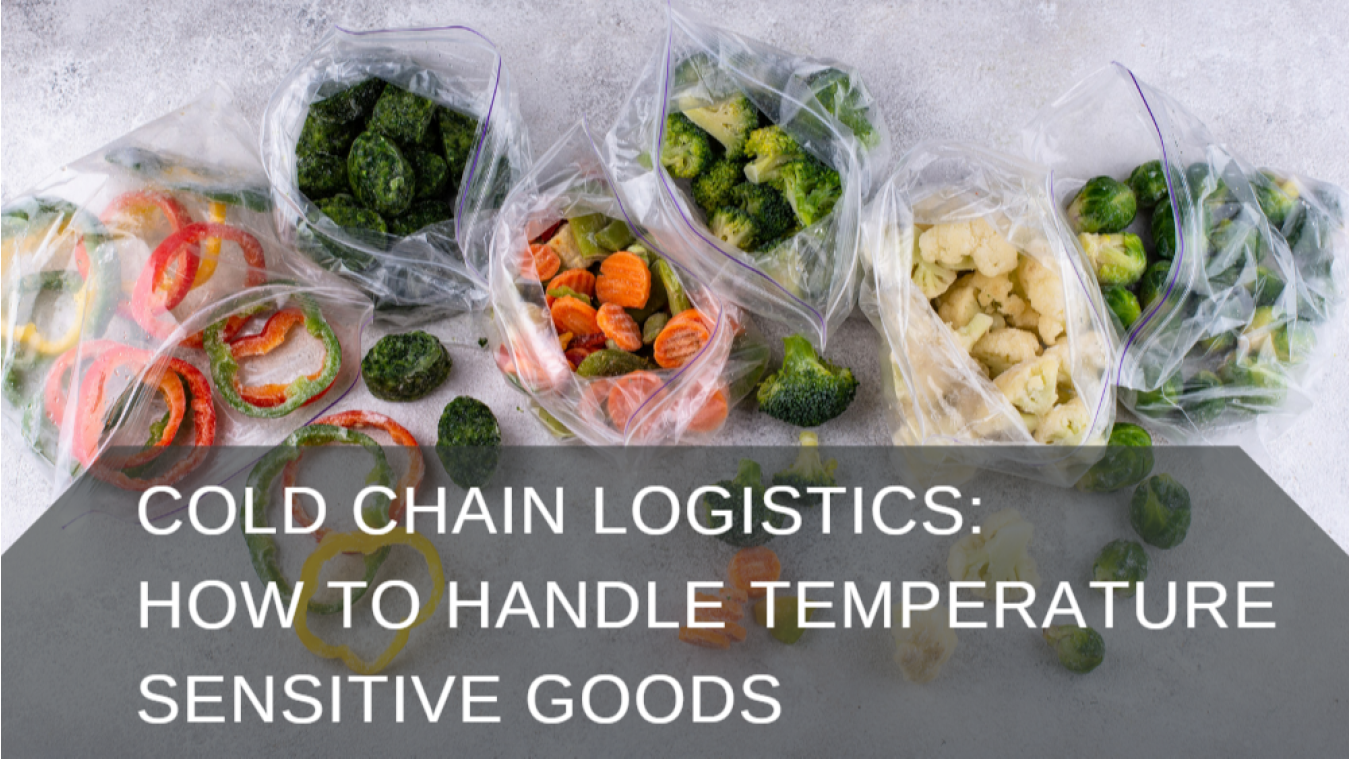
When ice cream melts in your hands on a hot day, it can be a bit frustrating; but if a load of vaccines can’t be used because it went bad due to improper storage or transportation conditions, the results are a lot more serious, if not fatal.
There are several food products, medications, and other goods that must be maintained at a certain temperature. So, it’s important that all supply chain parties (3PLs, carriers, storage facilities, etc.) dealing with such goods understand how to handle them correctly. In this post, we’ll talk about what cold chain logistics is, how to manage it at different stages, and which technologies support these activities.
A cold chain is a supply chain that deals with perishable, temperature-sensitive goods (also called cool cargo) such as fresh produce, meat, dairy, seafood, chemicals, pharmaceuticals, flowers, wine, etc.
Usually, a specific low-temperature range must be maintained to ensure the quality and integrity of perishable goods, i.e., some groups of products must be refrigerated, some must be frozen, while yet others require extreme conditions (a so-called ultralow chain or deep freeze). Failure to maintain the right temperature leads to product spoilage and, ultimately, financial losses.
Cold chain logistics is a set of activities aimed at handling and transporting such items securely from the manufacturer or supplier to consumer.

Source: https://www.altexsoft.com/
Obviously, the longer the journey between the original supplier and end consumer and the more legs (and/or transportation modes) involved, the more difficult it is to maintain the necessary temperature. For example, in the case of international shipping, freight sometimes goes through multiple storage facilities or distribution centers and must be reloaded several times. Unless items are permanently kept in a sealed refrigerated container, all these activities increase the risks of temperature fluctuations.
Within the cold chain logistics process, the packaging, storage, and shipping stages cause the greatest complications.
Ensuring optimal temperature starts with selecting the proper type of packaging, container, and refrigerating method. All that, in turn, depends on multiple factors, such as
At this stage, it’s important to design appropriate facilities with optimal climate control (both for storage and loading areas) as well as implement certain practices when handling perishable goods.
As we mentioned above, transporting cool cargo requires specialized equipment known as reefers or freezers. Those are special refrigerated trucks, railcars, cargo ships, and aircraft. Often, not only temperature but also humidity must be controlled, so such equipment must be capable of that as well.
There’s one more process that’s hard to put in a stage sequence but that’s still crucial in any supply chain. Tracking shipments while a route is always important, but in the case of cold chain, monitoring cargo environmental conditions is essential to ensure efficiency. Shippers, carriers, and consignees alike want to have access to monitoring data for quality assurance and performance assessment.
Thank you information and photos from AMA Cold Chain Logistics Solution